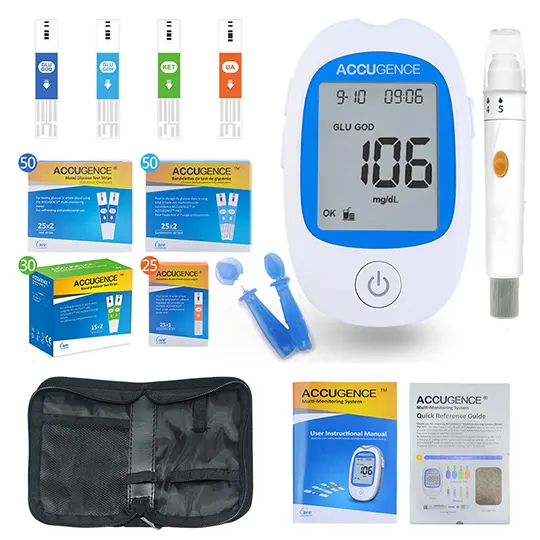Dosing and uses of Synera (lidocaine-tetracaine)
Adult dosage forms and strengths
lidocaine/tetracaine
transdermal patch
- 70mg/70mg (Synera)
topical cream
- 7%/7% (Pliaglis)
Local Dermal Analgesia
Venipuncture or IV cannulation
- Patch: Apply patch to intact skin 20-30 minutes prior to procedure
Superficial dermatological procedures (eg, excision, electrodessication, shave biopsy)
- Patch: Apply patch to intact skin for 30 minutes prior to procedure
Topical cream
- Indicated for use on intact skin in adults to provide topical local analgesia for superficial dermatological procedures (eg, dermal filler injection, pulsed dye laser therapy, facial laser resurfacing, laser-assisted tattoo removal)
- Apply to intact skin 20-30 minutes prior to superficial dermatological procedures (eg, dermal filler injection, facial laser ablation)
- Apply 60 minutes prior to procedures for laser-assisted tattoo removal or similar procedures
- Dosage amount determined by surface area of treatment site (see prescribing information for details)
Dosing Considerations
Patch: Contains integrated, oxygen-activated heating component so do not cut patch or remove top cover due to risk of thermal injury; do not cover holes on top side of patch as it will not heat properly
Administration
Patch: Use immediately after opening pouch; only apply to intact skin; wash hands after handling patch
Pediatric dosage forms and strengths
lidocaine/tetracaine
transdermal patch
- 70mg/70mg (Synera)
Local Dermal Analgesia
Venipuncture or IV cannulation
- <3 years: Safety and efficacy not established
- >3 years (patch): Apply patch to intact skin 20-30 minutes prior to procedure
Superficial dermatological procedures (eg, excision, electrodessication, shave biopsy)
- <3 years: Safety and efficacy not established
- >3 years (patch): Apply patch to intact skin for 30 minutes prior to procedure
Synera (lidocaine-tetracaine) adverse (side) effects
>10%
Localized erythema (71%)
Localized blanching (12%)
Localized edema (12%)
1-10%
Other application site reactions (contact dermatitis, rash, skin discoloration) (<4%)
<1%
Rash
Application site reactions
Pruritus
Dizziness
Headache
Pain
N/V
Contact dermatitis
Infection
Skin discoloration
Somnolence
Allergic reaction
Blister
Paresthesia
Urticaria
Vesiculobullous rash
Warnings
Contraindications
Hypersensitivity to drug, components or PABA
Cautions
Severe hepatic or pseudocholinesterase deficiency
Do not use on broken skin or mucous membranes
Use caution if applied for longer period than recommended
Produces mild localized warming of skin to facilitate drug absorption
Simultaneous/successive patches not recommended due to risk of serious adverse effects caused by increased systemic absorption
Do not apply near eyes as loss of protective reflexes can permit corneal irritation and potential abrasion
Severe hepatic or pseudocholinesterase deficiency due to increased risk of toxic plasma concentrations of lidocaine/tetracaine
Lidocaine and prilocaine have been shown to inhibit viral and bacterial growth
Integrated heating component contains iron; remove patch prior to MRI
Instruct patient to avoid irritating or exposing treated area to extreme temperatures until complete sensation has returned
Pregnancy and lactation
Pregnancy category: B
Lactation: Lidocaine excreted in breast milk; tetracaine unknown; use caution
Pregnancy categories
A: Generally acceptable. Controlled studies in pregnant women show no evidence of fetal risk.
B: May be acceptable. Either animal studies show no risk but human studies not available or animal studies showed minor risks and human studies done and showed no risk.
C: Use with caution if benefits outweigh risks. Animal studies show risk and human studies not available or neither animal nor human studies done.
D: Use in LIFE-THREATENING emergencies when no safer drug available. Positive evidence of human fetal risk.
X: Do not use in pregnancy. Risks involved outweigh potential benefits. Safer alternatives exist.
NA: Information not available.
Pharmacology of Synera (lidocaine-tetracaine)
Mechanism of action
Amide-type local anesthetics stabilize neuronal membranes and prevent generation/conduction of nerve impulses by reducing sodium permeability and increasing action potential threshold
Absorption
Positively correlated to degree of systemic absorption
Peak plasma concentrations: 148-641 ng/mL (lidocaine)
Distribution
Vd (IV administration): 0.8-1.3 L/kg (lidocaine)
Protein bound: 75% (lidocaine)
Metabolism
Unknown if metabolized in skin
Systemic metabolism: hepatic (lidocaine); plasma esterases (tetracaine)
Metabolites: ester- and amide-type local anesthetics
Elimination
t1/2 (IV administration): 1.8 hr (lidocaine)
Excretion (IV administration): Urine (98%) [lidocaine]


